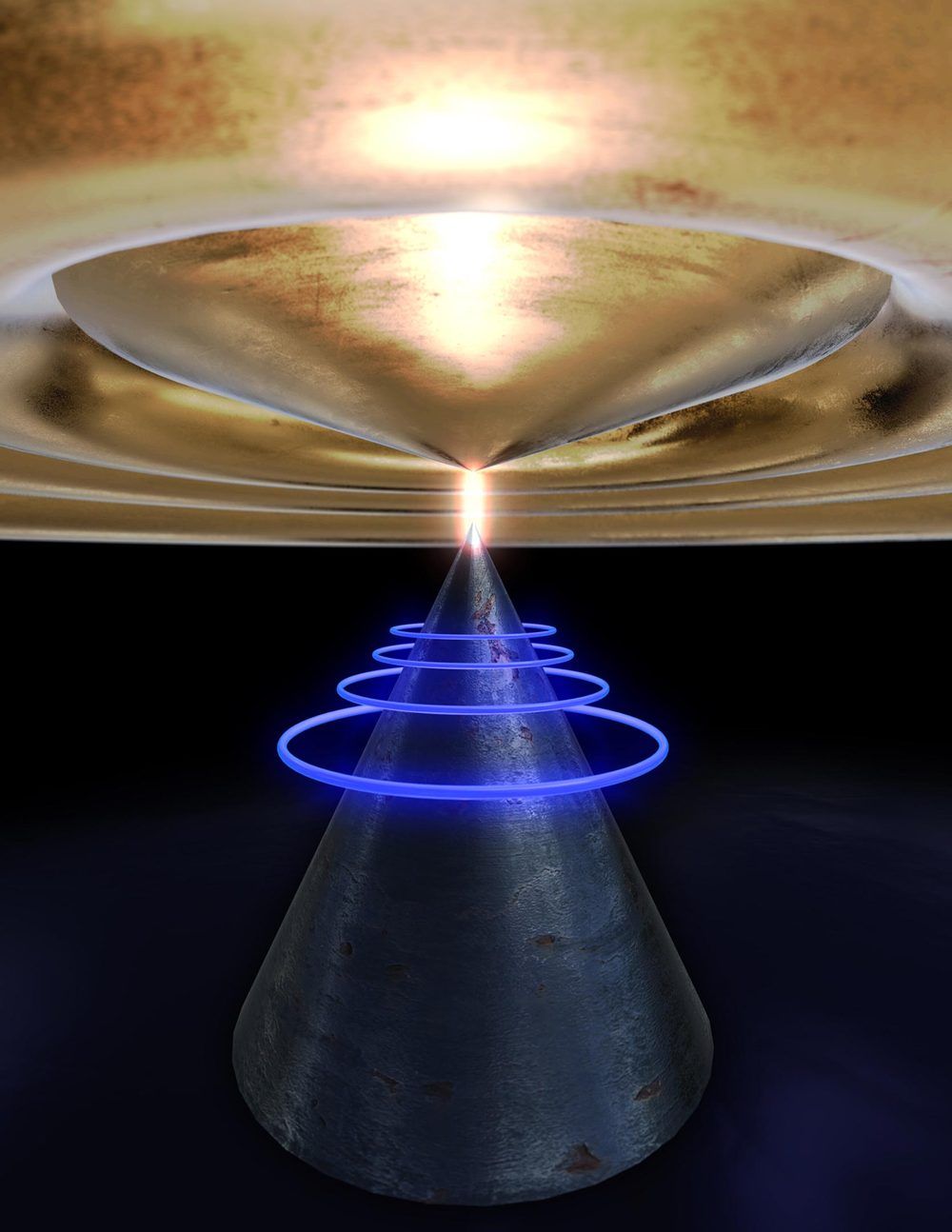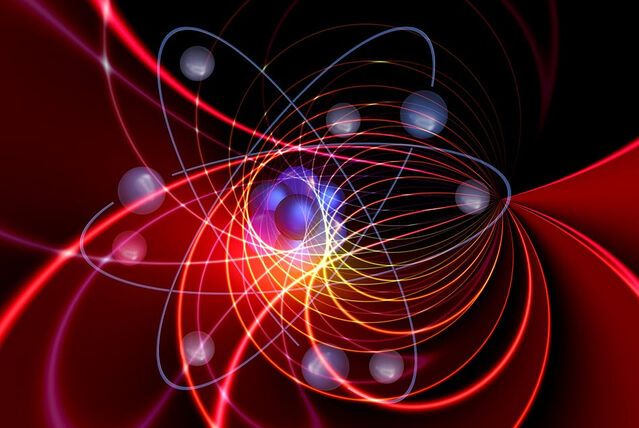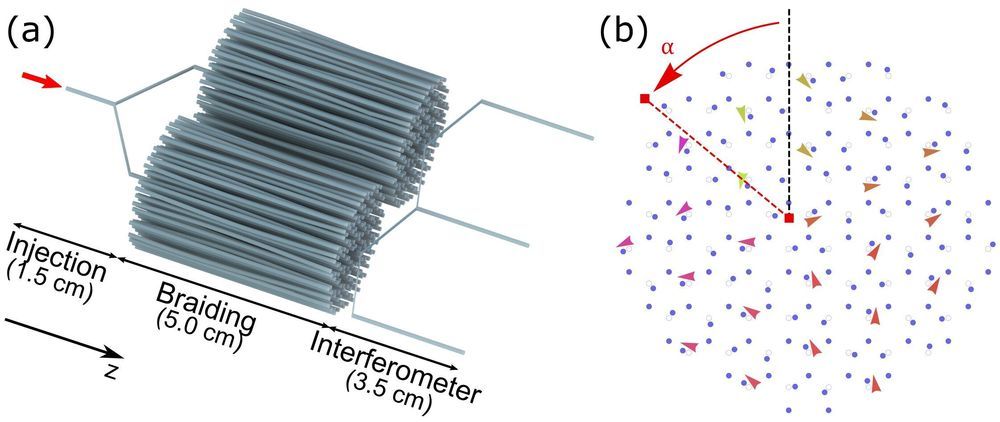Oct 15, 2020
Researchers Were Able To Store And Move Light In Quantum Breakthrough
Posted by Raphael Ramos in categories: particle physics, quantum physics
Light is incredible. You can bend it, you can bounce it, and researchers have now found a way to trap light, physically move it, and then release it again.
This incredible feat of physics was demonstrated at the Johannes Gutenberg University Mainz and published in Physics Review Letters. Researchers trapped light in a quantum memory, a cloud of ultra-cold rubidium atoms. The quantum memory was then moved 1.2 millimeters and the light was released with little impact on its properties.
“We stored the light by putting it in a suitcase so to speak, only that in our case the suitcase was made of a cloud of cold atoms. We moved this suitcase over a short distance and then took the light out again. This is very interesting not only for physics in general, but also for quantum communication because light is not very easy to ‘capture’, and if you want to transport it elsewhere in a controlled manner, it usually ends up being lost,” senior author Professor Patrick Windpassinger said in a statement.


















